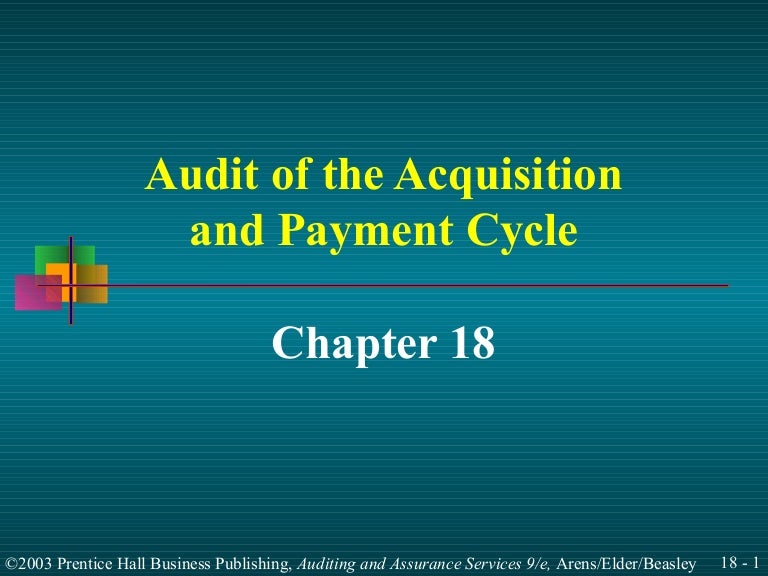Leasehold Improvements Audit Program
Siberian Federal University, Krasnoyarsk, Russian FederationThe article points out that in connection with integration of State (municipal) programs into a budgetary process it is necessary to specify formulas of calculation of budgetary coefficients and to offer new indicators of a financial analysis technique for a budget expenses program. Such indicators enable to reveal the internal reserves of public and municipal administration efficiency increase. The author presents the results of practical approval of a technique in the context of the Krasnoyarsk regional budget expenses.Keywords: program budget, financial analysis, state program, tools, financial analysis, target method, method, coefficients, technique, effective use, public fundsReferences:. Klimanov V.V., Iagovkina V.A. Sudebnaia praktika po sporam iz otnoshenii po ispolneniiu peredannykh polnomochii (obiazatel’stv) sotsial’nogo kharaktera Jurisprudence on disputes from the relations on execution of delegated powers (obligations) of a social character. Finansovoe pravo – Financial law, 2013, no.
17–22. Makarova S.N. Metodika finansovogo analiza i otsenki programmnykh raskhodov biudzheta publichno-pravovogo obrazovaniia The financial analysis technique and assessment of program expenses of a budget of public-lawentity. Audit i finansovyi analiz – Audit and financial analysis, 2012, no.
In attempt to become compliant with the new lease accounting standards, particularly and, there are many intricate details that accountants often have questions about. Today we’ll address frequently asked questions regarding accounting for real estate CAM charges, and accounting for leasehold improvements. Real Estate CAM (common area maintenance) Accounting FAQs 1.
What are CAM expenses?Common area maintenance (CAM) fees are common charges in commercial real estate leases. Charged in addition to rent, average CAM fees cover the lessor’s operational expenses including maintenance, janitorial, repairs, snow removal, landscaping, etc.Tenants are charged their pro-rata share of these charges on an annual basis. Specifically, the tenant’s share would be the percentage of the tenant rentable space to the total rentable space of the property.Real estate CAM charges vary according to the type of real estate property. For example, retail property such as shopping centers will have different charges particularly relating to open areas, versus office space that will have minimal open areas. How do the new lease accounting standards affect CAM accounting?Under the, ASC 842 and IFRS 16, real estate CAM charges are treated differently. As a result, lessees must be crystal clear about what’s included in CAM, given it’s not always so cut and dry.Real estate CAM charges are not included in the asset value of the lease.
Leasehold Improvements Audit Program Template
Instead, they are expensed in the year they’re incurred. It’s important to scrutinize CAM charges to be sure that capital costs are not included in the expenses. This is a frequent error and thus tenants must be vigilant that capital costs are not included in the CAM charges.Another key factor in CAM charges is the issue of establishing a cap and floor to the charges. CAM charges can fluctuate and thus it’s important to establish limits on the degree by which the charges can extend.
How should I handle CAM reconciliation?CAM reconciliation is the process of reconciling estimated charges with actuals. Typically, an audit of the CAM charges is made at the end of the fiscal year and the differences between estimated versus actual costs are calculated.
Either the landlord or tenant are made “whole” through the reconciliation process. Accounting for Leasehold Improvements FAQs 1.


Audit Program Software
What are leasehold improvements?Leasehold improvements (LHI) are defined as capital improvements made to a tenant’s space such as dry wall, electrical, carpeting, lighting, etc. Hp 3080br drivers manual. Most office leases offer what is called a “work letter”, which defines what the building owner will provide to the tenant in terms of basic improvements.
These improvements can be offered as a credit in the rent or provided separately.Leasehold improvements are typically provided over and above the building allowance. The tenant will typically amortize the improvements over the term of the lease, and in most cases the improvements revert to the building owner upon lease termination. How are leasehold improvements impacted by the new lease accounting standards?Leasehold improvements are an asset, but are not included in the calculation of the tenant’s total lease asset per the new FASB lease standard.

How do CAM and leasehold improvements impact my leasing strategy?CAM and LHI are two areas of lease management that require careful and diligent attention. Both areas are subject to negotiation, and your organization should strive to leverage these factors to their advantage during initial lease negotiations.Fortunately, the new lease standards will not affect CAM or LHI investments adversely, but careful attention to these factors could pay dividends over the term of the lease.Learn more.